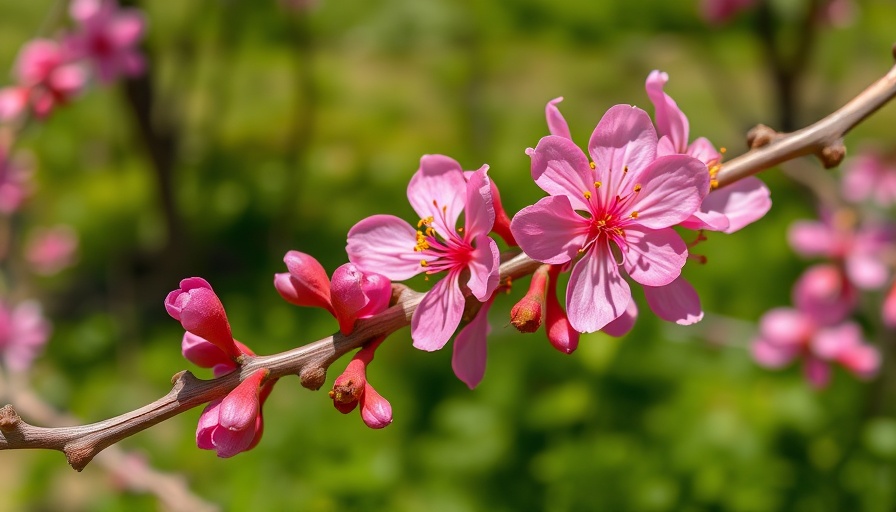
Uncover the Beauty of Redbud Trees
There's something truly enchanting about a redbud tree in full bloom. Renowned for their vibrant early-spring flowers, redbuds bloom in exquisite shades of pink, purple, or white, creating a captivating display that brightens the still-bare landscape. Their heart-shaped leaves and graceful branching ensure they are cherished across gardens and natural areas alike. But for gardening enthusiasts who have fallen for the charm of these trees, the desire to propagate them can come with a set of challenges.
Understanding the Importance of Propagation
For many aspiring gardeners, the first thought when admiring a beautiful tree is not merely to enjoy its splendor but to multiply it. However, redbud trees—especially their popular Cercis species—can be notoriously tricky to propagate. Success requires skill, patience, and knowledge of the right techniques. For beginners, buying improved cultivars from a local or online nursery is a practical choice, but for the adventurous, propagating redbuds from seed, cuttings, or transplanting offers a rewarding challenge.
Getting Started: Propagating from Seed
Starting redbuds from seed is a meticulous process that involves several key steps to ensure your seeds successfully germinate. In the fall, the seeds form inside long, pea-pod-like structures that turn brown as they mature. Harvesting these pods is the first step. After collecting them, allow the pods to air dry on a screen or hang them until fully dry. Inside, you'll find the seeds—be prepared to collect more than you think you'll need to account for germination issues commonly encountered with these trees.
To prepare the seeds, they require scarification—a process that can be achieved by soaking them in sulfuric acid (handle with caution) or immersing them in nearly boiling water. Both methods help soften the seed coat, vital for improving germination rates. After the soaking, immerse the seeds in a mix of sand and sphagnum moss, keeping it moistened, and seal it for a few weeks to prepare the seeds for planting.
Rooting Cuttings: A More Hands-On Approach
Another method for propagation involves taking cuttings. This approach can be somewhat hit-or-miss due to the redbud’s tendency not to root easily. Aiming for semi-hardwood cuttings taken from late-summer growth can yield better results. Prep the cuttings by removing the lower leaves and applying rooting hormone before placing them in a suitable growing medium.
Providing proper humidity and warmth can drastically increase the chances of success. Cover your cuttings in a humidity dome or place them in a greenhouse setting, ensuring they receive indirect light and don’t dry out. While this method takes time and care, it can be a fulfilling way to bring new life to your garden.
Transplanting Young Stock for Success
For those who prefer a more straightforward technique, transplanting young stock offers an effective route to propagate redbud trees. Whether from a nursery or a friend's garden, transplanting involves careful excavation of the root ball to protect the young tree's roots. It's crucial to select healthy specimens and to provide ample care during the transplanting process to ensure they thrive in their new location. Remember to water the newly transplanted redbuds adequately as they establish.
Embracing the Gardening Journey
Propagating redbud trees can be a rewarding experience, lending a sense of accomplishment as you watch these beautiful trees flourish in your garden. Whether you choose to begin from seed, cuttings, or young stock, every method is a lesson in patience and care. Understanding the unique needs of redbuds—along with trial and error—will only enhance your gardening skills. So, gather your materials, roll up your sleeves, and dive into the wonderful world of redbud propagation!
Final Thoughts: Whether you seek the elegance of a redbud in your garden or wish to share this beauty with others, each propagation attempt adds to your gardening journey. Don't hesitate to explore tips and resources for enhancing your overall plant care knowledge. Dive into the joy of gardening today!
 Add Row
Add Row  Add
Add 




Write A Comment